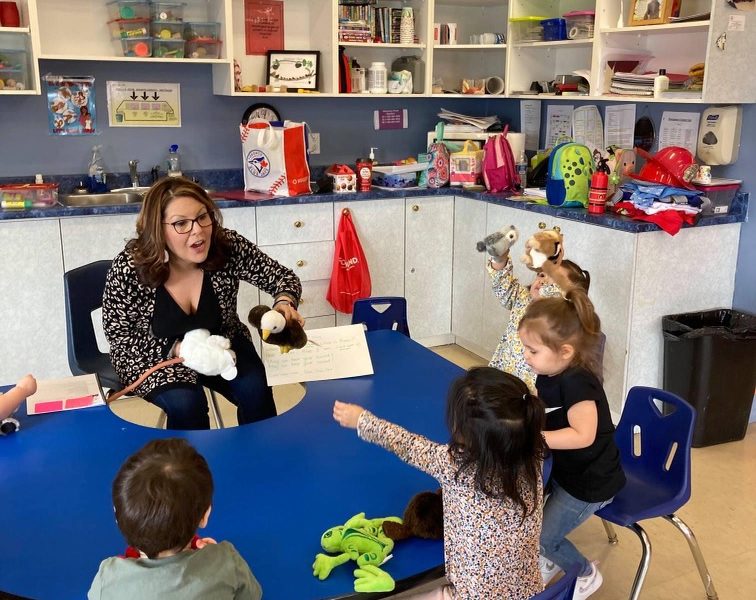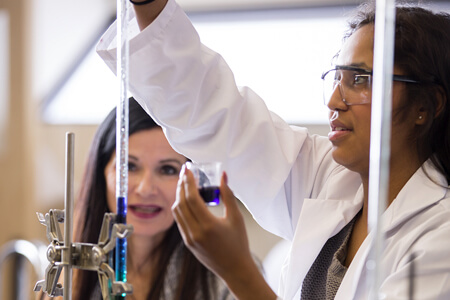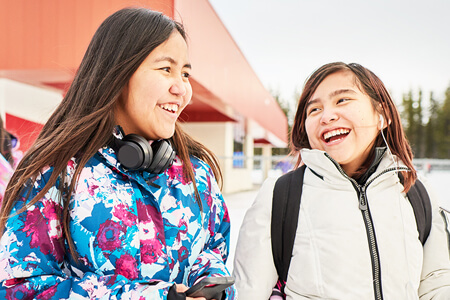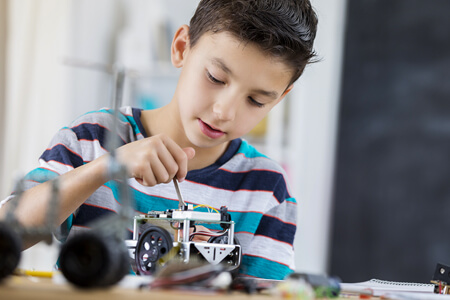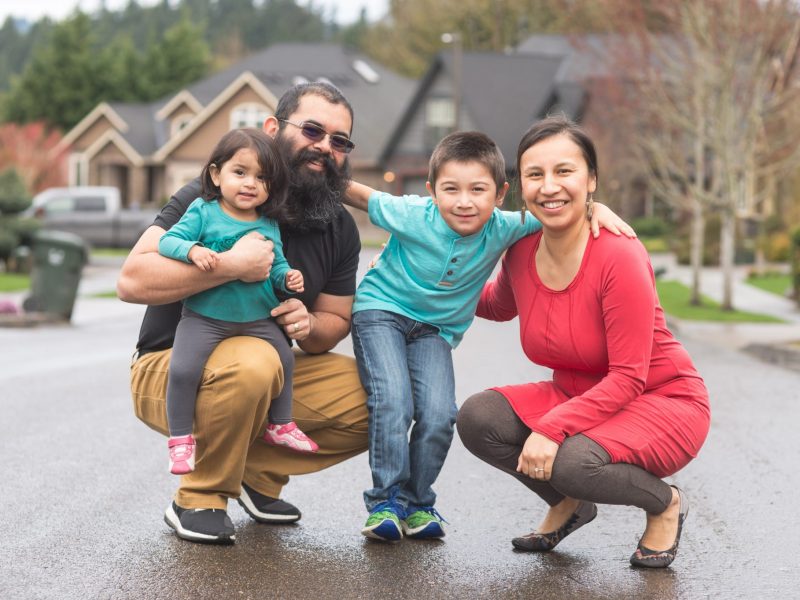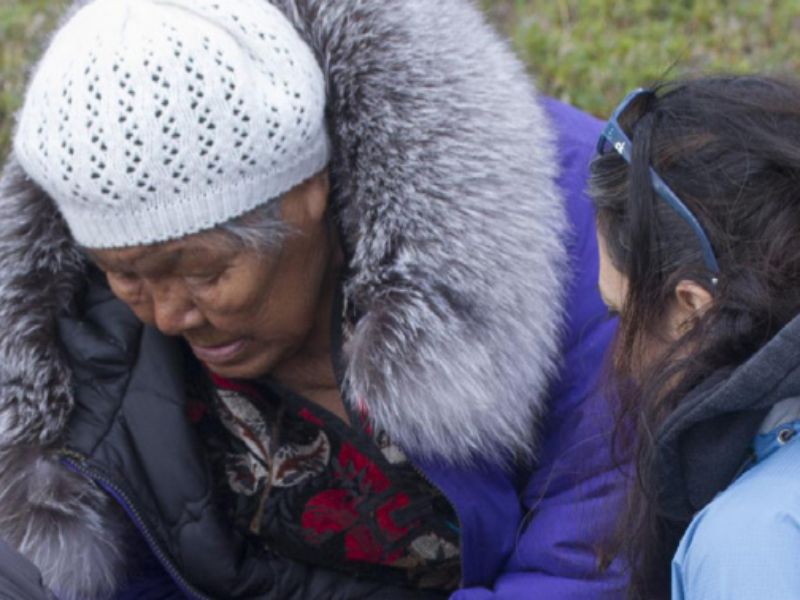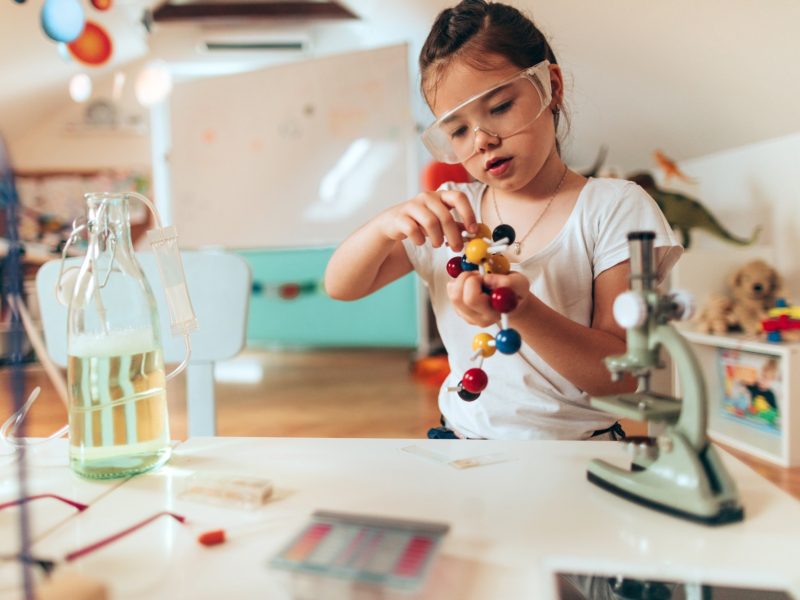indigenous populations
Project
Minimizing gaps in Indigenous early learning
This project aims to find solutions to the shortage of trained Indigenous early learning and child care workers for Micmac communities.
Research
Indigenous STEM Access Programs: Leading Post-Secondary Inclusion
This Issue briefing discusses the impact of current programs for Indigenous learners in science, technology, engineering, and mathematics in post-secondary education. They are one approach to increase Indigenous inclusion in these fields.
Research
Learning Together: STEM Outreach Programs for Indigenous Students
In Learning Together: STEM Outreach Programs for Indigenous Students, we were interested in free STEM programs, not run by the formal education system, that target Indigenous children in Kindergarten to Grade 12. We surveyed these programs across Canada to learn more about how they reach Indigenous youth.
Research
Twin Efforts: Opportunities for Collaboration in Indigenous Post-Secondary Education
Indigenous Institutes play an essential role in helping Indigenous peoples—Canada’s fastest-growing population—prepare for the labour market. And they bring a distinctly Indigenous lens to higher education.
Research
Curriculum and Reconciliation: Introducing Indigenous Perspectives into K–12 Science
Curriculum and Reconciliation: Introducing Indigenous Perspectives into K–12 Science briefly and visually outlines the landscape of school science curricula across the country. Several jurisdictions integrate Indigenous content, perspectives, and ways of knowing, while others have yet to include references to Indigenous perspectives.
Research
Digital Differences: The impact of automation on the Indigenous economy in Canada
How is technological change, and specifically automation, affecting Indigenous workers in Canada? Digital Differences looks at the impact of automation on the Indigenous economy by industry and region.
Research
Mapping the Landscape: Indigenous Skills Training and Jobs in Canada
Indigenous businesses are growing and — importantly — creating employment for others. Further, self-employment and entrepreneurship is increasing. If there is an opportunity for the next generation, and for current adult workers, to leapfrog into the future of Canadian work, it may very well be through Indigenous-led business.
Research
Sustainable Northern Livelihoods: A Primer
Economic growth in Canada’s North has outpaced the rest of the country. This primer discusses the challenges still faced by Indigenous people in the North, who continue to experience socio-economic disparities
Research
Incorporating Indigenous Cultures and Realities in STEM
How are organizations in Canada working to increase Indigenous representation in science, technology, engineering, and mathematics (STEM) careers? This primer introduces a novel typology based on 100-plus recent Canadian initiatives.


